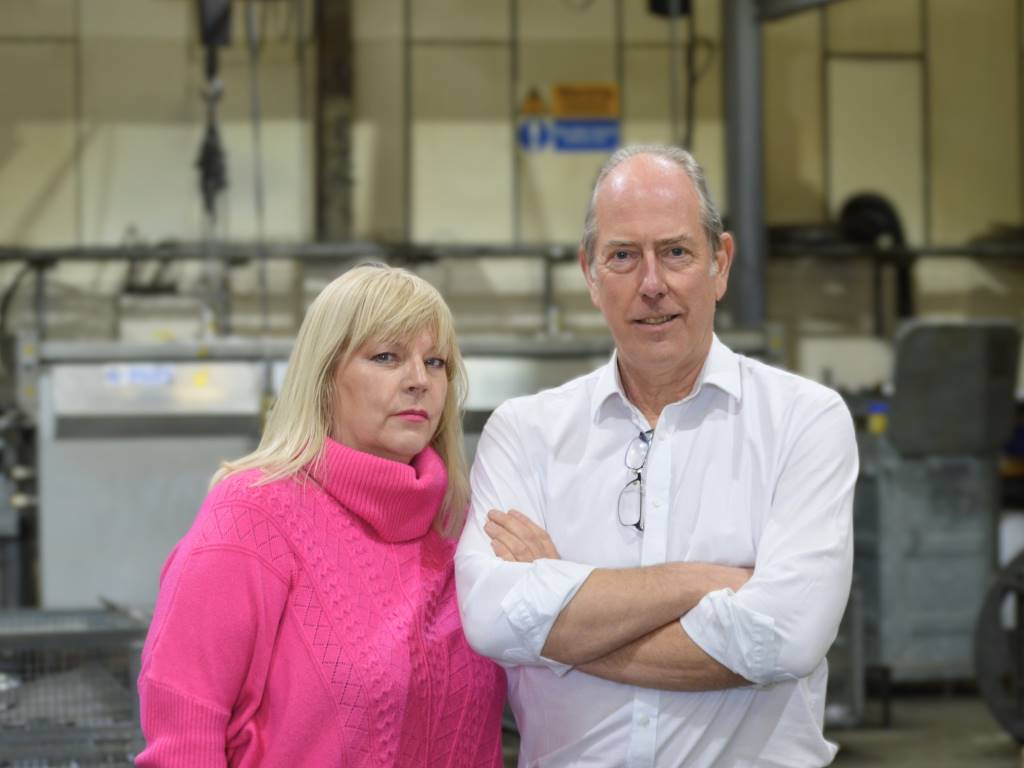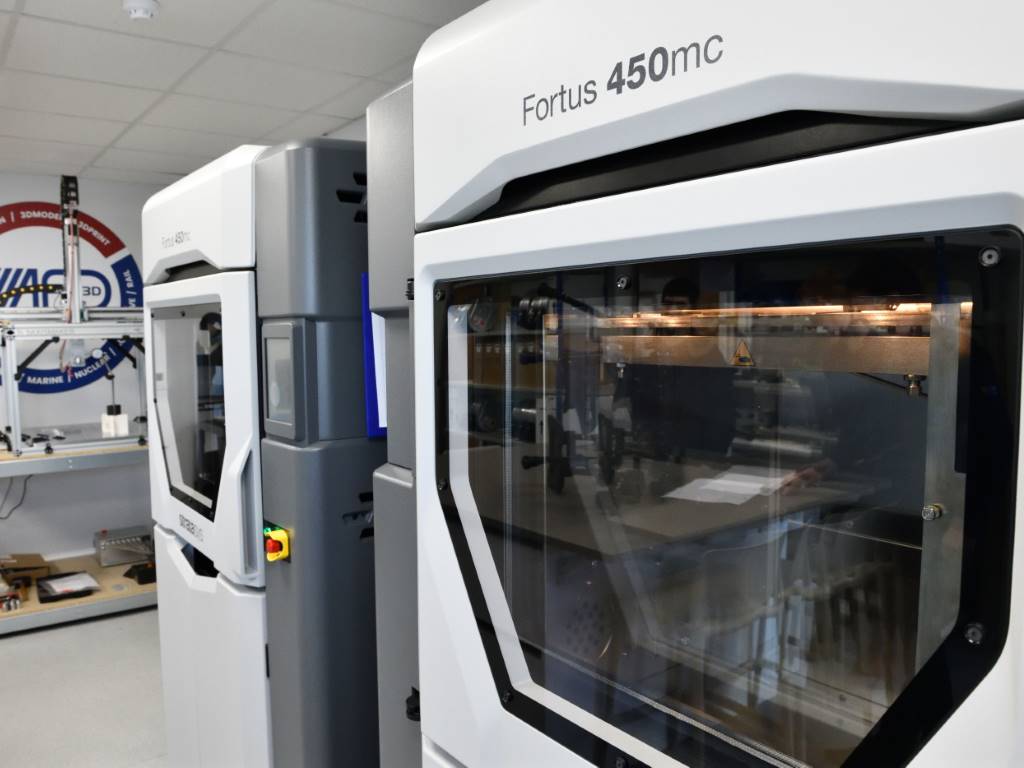Blending the robot/human mix

Robotic Process Automation (RPA) is making waves with predictions ranging from the end of human jobs as we know them, all the way through to businesses expecting a massive productivity revolution.
But according to Neil Bentley, non-executive director and co-founder of ActiveOps, a provider of digital operations management solutions, behind the hype is the reality that more and more work is being done by robots – with more or less real intelligence – and that for the foreseeable future this is not a question of whether people or machines will do the work; he argues it is already a fact that people and machines will work alongside one another.
Mr Bentley explains: “The real issues we should be addressing are not about the end of work (or indeed humanity) but about how to organise and manage these two very different capabilities together. Introducing RPA into an operation could have profound effects on the people and work around it – manage these implications right and everyone wins; get it wrong and short-term gains could give way to long-term cynicism.”
We now accept that machines work alongside humans in manufacturing environments and this is also becoming increasingly more commonplace in the world of back office operations. Mr Bentley argues that in the 21st century, we need to adopt the idea of collaborative robots (cobots) to help consider the challenges and opportunities presented by the growth of back office automation.

“By thinking in terms of cobotics, we can embrace the opportunities presented by RPA without falling into the trap of yet another magic bullet technology solution. Optimising back office operations will require thinking through and managing the relationship between these two co-workers – people and robots – not merely replacing some people with some robots,” Mr Bentley continues.
RPA is inevitably targeting some of the simpler, more repetitive work that is currently done by people in the back office. Indeed, this is often heralded as a human benefit; taking away the drudge work and leaving people to do more challenging tasks.
This may be true but employers need to consider the potential changes to the labour force. If you take away the bottom third of employees from the lowest pay bands and your average wage bill goes up, you will have a smaller, higher paid workforce. Similarly, the average educational requirement may well go up as staff are focused more on problem solving and human contact.
Mr Bentley adds: “A better paid, higher educated workforce can bring challenges. There may be increased competition for the best resources, a stronger negotiating position for key workers, and a general rise in the expectations of the way that staff are managed. Interestingly, it could be that a rise in RPA will lead to a resurgence and interest in leadership and talent management.”
It is likely that for the foreseeable future, RPA or robots will exist as cobots: part of a blended workforce. In some places, robotic input will sit alongside human capacity doing very similar work. More often, the robotic capacity will take on one or more elements of a process, sitting within a process flow with work passing back and forth between human and robot.
Mr Bentley concludes: “Until back offices are completely lights out operations with all work being carried out by robots the real world will contain a blend of people and robots. The effect will be to raise the requirement for great leadership of a more confident and capable workforce.”
ActivOps https://activeops.com/us













